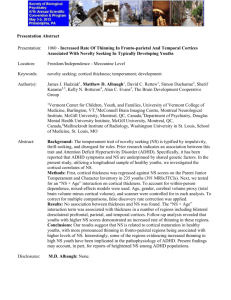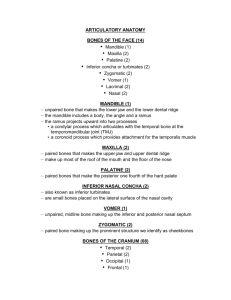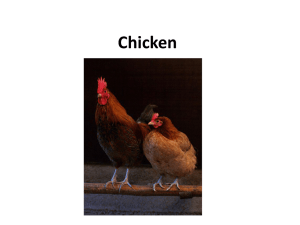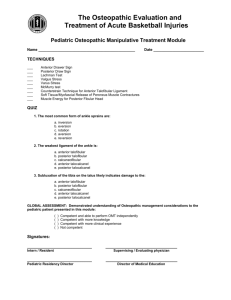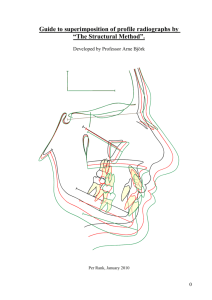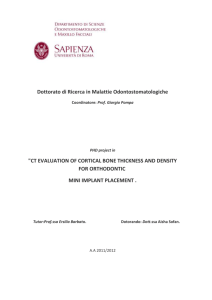The cortical bone thickness at dental implant sites of Asian and
advertisement
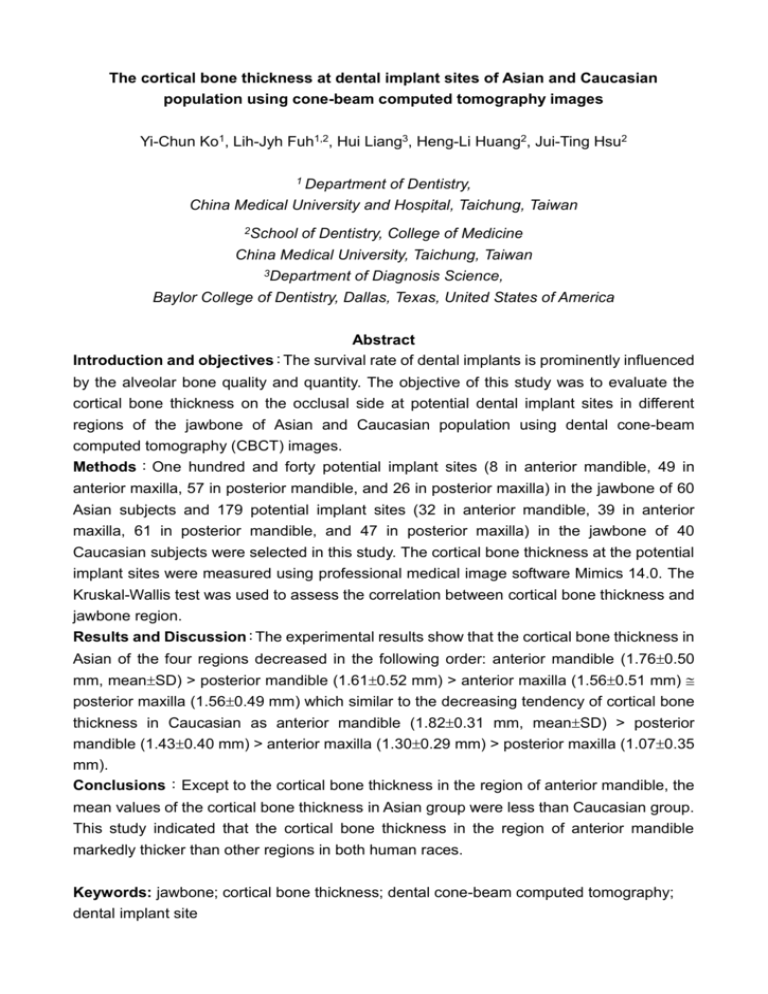
The cortical bone thickness at dental implant sites of Asian and Caucasian population using cone-beam computed tomography images Yi-Chun Ko1, Lih-Jyh Fuh1,2, Hui Liang3, Heng-Li Huang2, Jui-Ting Hsu2 1 Department of Dentistry, China Medical University and Hospital, Taichung, Taiwan 2School of Dentistry, College of Medicine China Medical University, Taichung, Taiwan 3Department of Diagnosis Science, Baylor College of Dentistry, Dallas, Texas, United States of America Abstract Introduction and objectives:The survival rate of dental implants is prominently influenced by the alveolar bone quality and quantity. The objective of this study was to evaluate the cortical bone thickness on the occlusal side at potential dental implant sites in different regions of the jawbone of Asian and Caucasian population using dental cone-beam computed tomography (CBCT) images. Methods:One hundred and forty potential implant sites (8 in anterior mandible, 49 in anterior maxilla, 57 in posterior mandible, and 26 in posterior maxilla) in the jawbone of 60 Asian subjects and 179 potential implant sites (32 in anterior mandible, 39 in anterior maxilla, 61 in posterior mandible, and 47 in posterior maxilla) in the jawbone of 40 Caucasian subjects were selected in this study. The cortical bone thickness at the potential implant sites were measured using professional medical image software Mimics 14.0. The Kruskal-Wallis test was used to assess the correlation between cortical bone thickness and jawbone region. Results and Discussion:The experimental results show that the cortical bone thickness in Asian of the four regions decreased in the following order: anterior mandible (1.760.50 mm, meanSD) > posterior mandible (1.610.52 mm) > anterior maxilla (1.560.51 mm) posterior maxilla (1.560.49 mm) which similar to the decreasing tendency of cortical bone thickness in Caucasian as anterior mandible (1.820.31 mm, meanSD) > posterior mandible (1.430.40 mm) > anterior maxilla (1.300.29 mm) > posterior maxilla (1.070.35 mm). Conclusions:Except to the cortical bone thickness in the region of anterior mandible, the mean values of the cortical bone thickness in Asian group were less than Caucasian group. This study indicated that the cortical bone thickness in the region of anterior mandible markedly thicker than other regions in both human races. Keywords: jawbone; cortical bone thickness; dental cone-beam computed tomography; dental implant site


